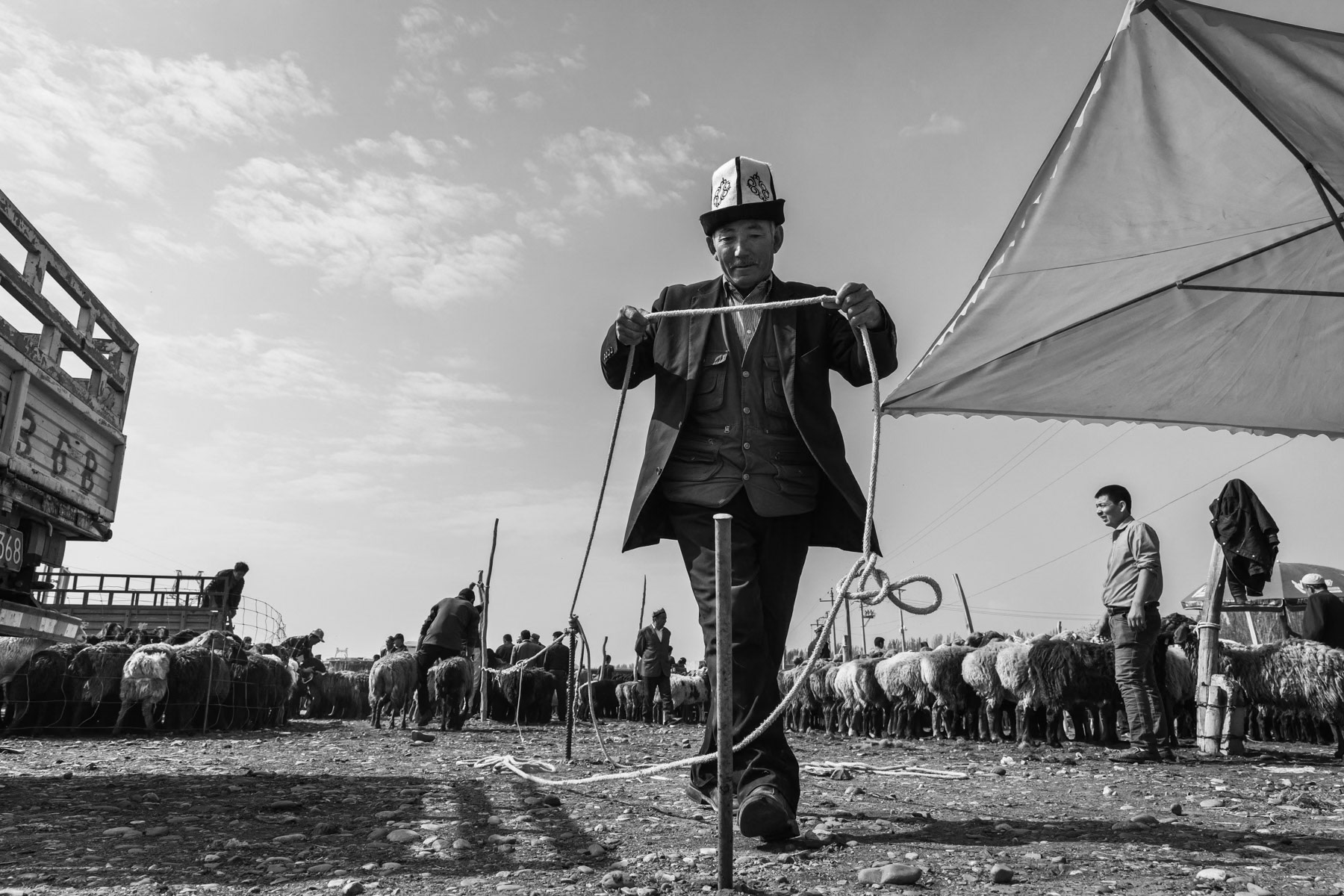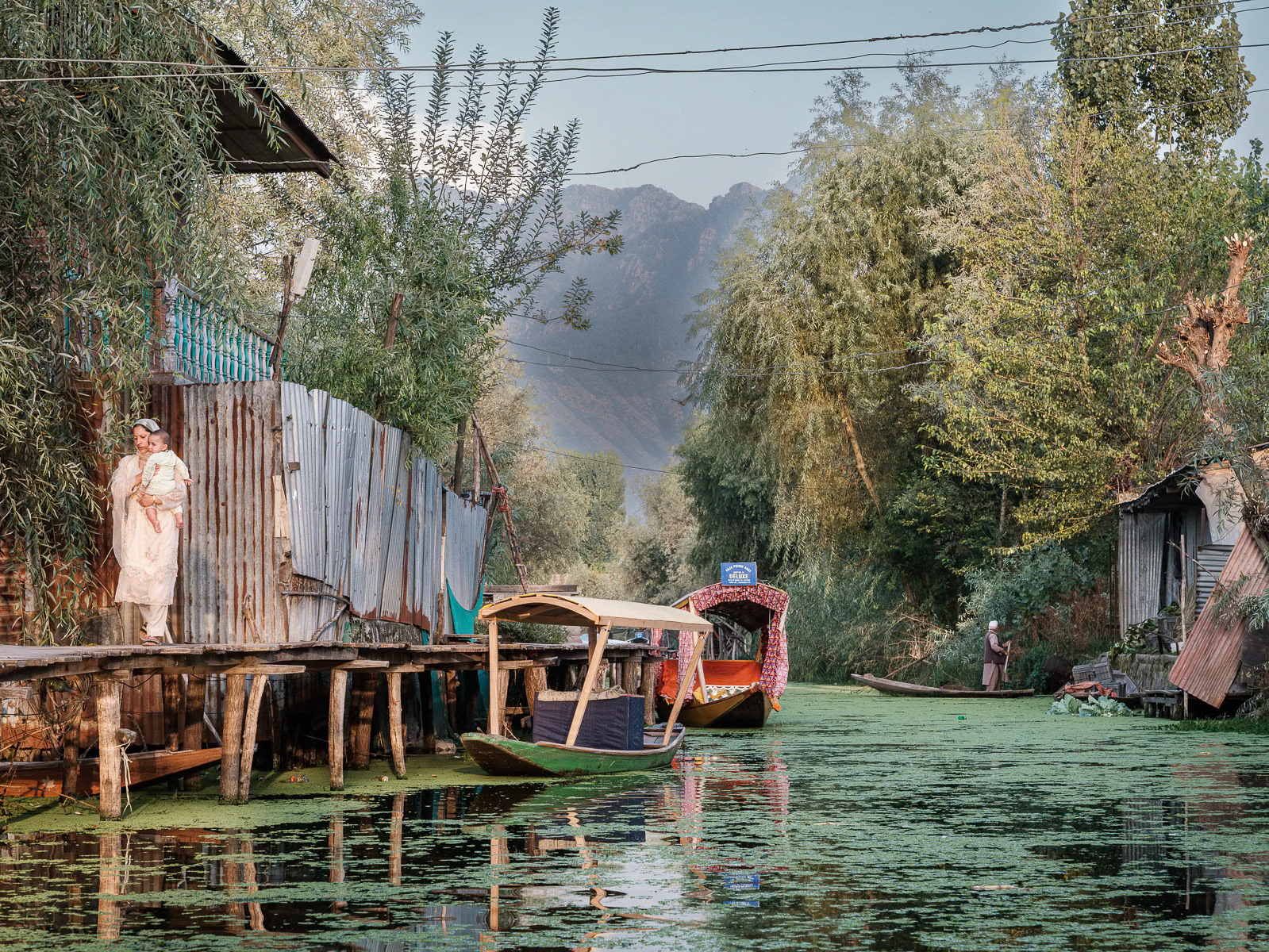Xinjiang, an autonomous region in Western China, shares borders with eight countries and boasts a landscape and culture that starkly contrast with China's eastern regions. Historically, Xinjiang served as a pivotal crossroads of the ancient Silk Road, acting as a gateway between China and the West. This cultural blending has fostered a rich tapestry of pluri-ethnic, cultural, and multireligious integration.
Today, Xinjiang is home to approximately 23 million people, including 11 million ethnic Uyghurs. Despite significant migration by Han Chinese in recent decades, Muslims still make up slightly more than half of the region’s population.
Since 2017, reports suggest that over one million people, predominantly Uyghurs, have been detained in secretive re-education camps across the region. These measures have been linked to China's broader efforts to combat separatism and terrorism.
Xinjiang became a focal point in China’s "war on terror" over the past decade. In 2009, riots erupted in the regional capital, Urumqi, as Uyghur demonstrators protested against Han Chinese migration. The violence resulted in nearly 200 deaths, predominantly Han residents.
Subsequent events heightened tensions, including terrorist attacks on railway stations and markets in 2014 and the involvement of a few hundred Uyghurs who joined ISIS in Syria. These incidents marked a shift in Beijing’s approach, with officials viewing the Uyghur community as a potential hotspot for separatism and terrorism—threats seen as jeopardizing national development.
Xinjiang plays a critical role in China’s Belt and Road Initiative (BRI), a massive infrastructure and trade development plan spanning Asia, Europe, and Africa. The region is also rich in natural resources, hosting China’s largest coal and natural gas reserves. For Beijing, eradicating separatist activity is essential to ensuring stability and fostering Xinjiang’s economic growth.
As part of its development strategy, China is promoting Xinjiang as a prime tourist destination, emphasizing the region’s security and stability. Many tourists, primarily Han Chinese, visit to experience the ancient Silk Road culture. However, the Uyghur cultural performances showcased for visitors often starkly differ from the lived realities of the Uyghur population, raising concerns about cultural commodification and the treatment of local communities.

Xinjiang is an autonomous region of Western China bordering eight countries, and has a landscape and culture that is in stark contrast to China's Easter regions. Xinjiang has long been at the crossroads of the ancient Silk Road and a gateway from China to the West and vice versa. This cultural mixture has laid foundations for pluri-ethnic, cultural and multireligion integration. Nowadays, 23 million people live in Xinjiang of which 11 million are ethnic Uyghur. Despite massive Chinese Han migration during the past decades, slightly more than 50% of the population is Muslim. More than one million, mostly Uyghur, people have since 2017 allegedly been extrajudicially detained for re-education in closed and secret camps all over the region. Xinjiang became China's frontier for the war on terror during the past decade. In 2009, rioting in Xinjiang's capital, Urumqi, broke out as mostly Uyghur demonstrators protested against Han-Chinese migration in the region. Nearly 200, mainly Han residents, were killed during the violence. This event, subsequent terrorist attacks on railway stations and markets in the region and beyond in 2014, and few hundreds Uyghur that went to Syria to join ISIS marked a turning point in Beijing's attitude towards the Uyghur considering that the community was at risk of becoming a hotbed of separatism and terrorism, possibly endangering China's development. Namely, Xinjiang is an essential link in China's Belt and Road Initiative, a massive development plan stretching through Asia, Europe and Africa. Beijing is hoping to eradicate any possibility of separatist activity to continue it development of Xinjiang, which is also home to China's largestcoal and natural gas reserves. China is further developing the region as a prime tourist destination showcasting how secure and stable the region has become. The tourists, mainly Han Chinese, flock in large numbers to see the ancient Slik Road culture, including the colourful " native minorities" performing staged shows of local Uyghur culture that remain very different of how the Uyghur population is living and treated. Kashgar, Xinjiang, China, September 2019

New real estate development projects on the outskirts of Kashgar. Xinjiang in Western China, September 2019

A fence and surveillance camera's around the Uyghur village of Tuyuk. Turpan District, Xinjiang, China, August 2019
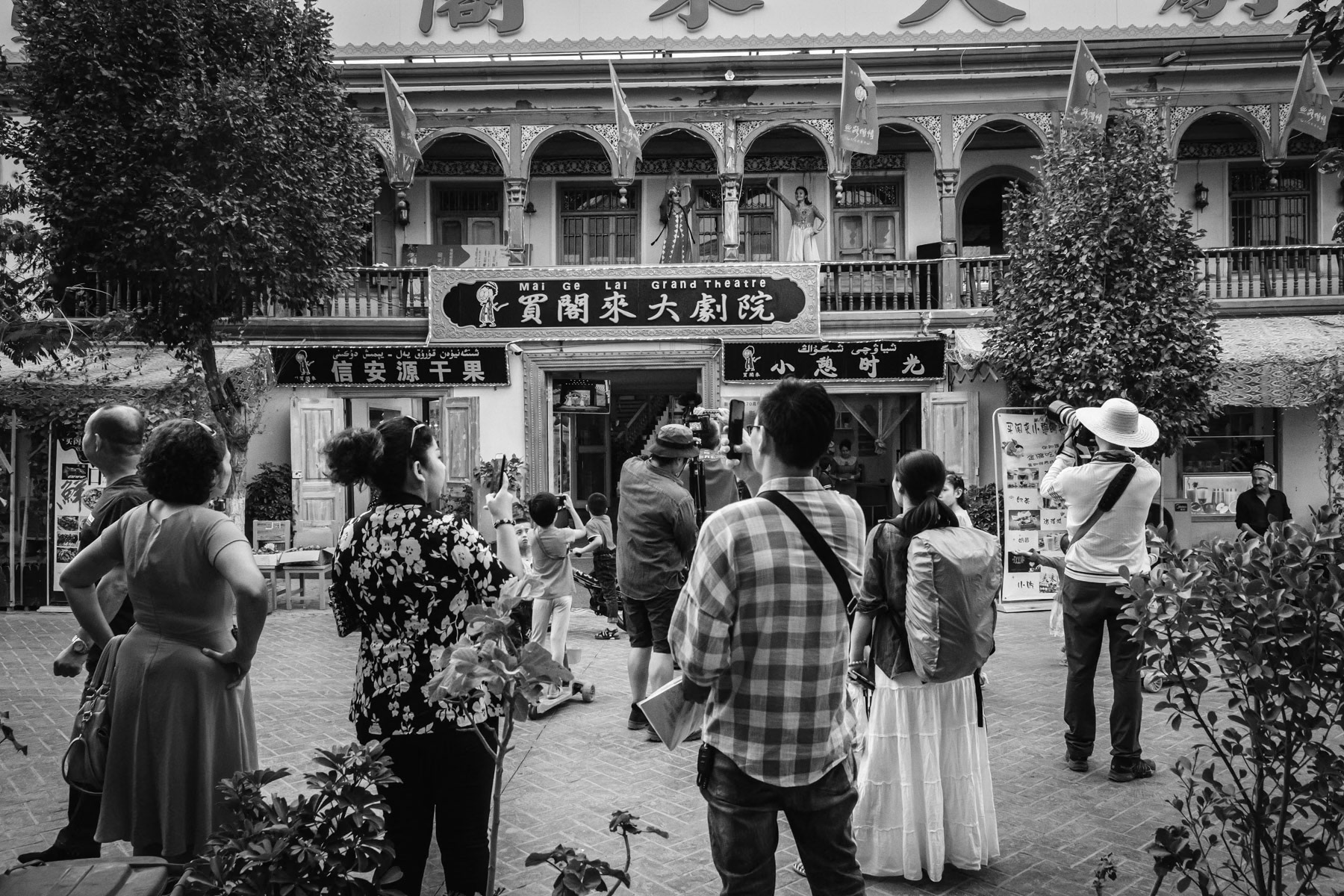
Uyghur dancers performing for the ever increasing hordes of Han Chinese tourists that visit the Western Province of Xinjiang. The old city of Kasghar has a real artificial Uyghur culture and Silk Road feeling that remain very different of how the general Uyghur population is living and treated. Kashgar, Xinjiang, China, September 2019

The "new" old town of Kashgar. The old town was completely renovated and rebuilt, many neighbourhoods got razed and replaced by new housing projects keeping the look of the old town architecture. Kashgar has a large majority of Uyghur residents. Xinjiang, China, September 2019

A part of the old town of Kashgar that was completely evacuated in 2018 due to security and sanitation concerns. Despite being of invaluable historical value and inhabited since the time of the silk road caravans, it will most likely be destroyed and be subject of new real estate development projects. Kashgar, Xinjiang, China, September 2019

Uyghur food stall at the weekly market in Wupaer village, Kashgar District, Xinjiang, Western China, September 2019

Keeping and selling livestock is a very important part of the Uyghur subsitance economy. Weekly animal market in Kashgar, Xinjiang, China, September 2019

Mosque in central Urumqi, Xinjiang, China, August 2019

The central mosque in the Uyghur village of Tuyuk. Turpan District, Xinjiang, China, August 2019

Remains of a house after the neighbourhood was forcibly evacuated in 2018 by the authorities. Kashgar, Xinjiang, China, September 2019

A part of the old town of Kashgar that was completely evacuated in 2018 due to security and sanitation concerns. Despite being of invaluable historical value and inhabited since the time of the silk road caravans, it will most likely be destroyed and be subject of new real estate development projects. Kashgar, Xinjiang, China, September 2019

The police station in the Uyghur village of Tuyuk. Turpan District, Xinjiang, China, August 2019

Uyghur village of Tuyuk. Turpan District, Xinjiang, China, August 2019

A part of the old town of Kashgar that was completely evacuated in 2018 due to security and sanitation concerns. Despite being of invaluable historical value and inhabited since the time of the silk road caravans, it will most likely be destroyed and be subject of new real estate development projects. Kashgar, Xinjiang, China, September 2019
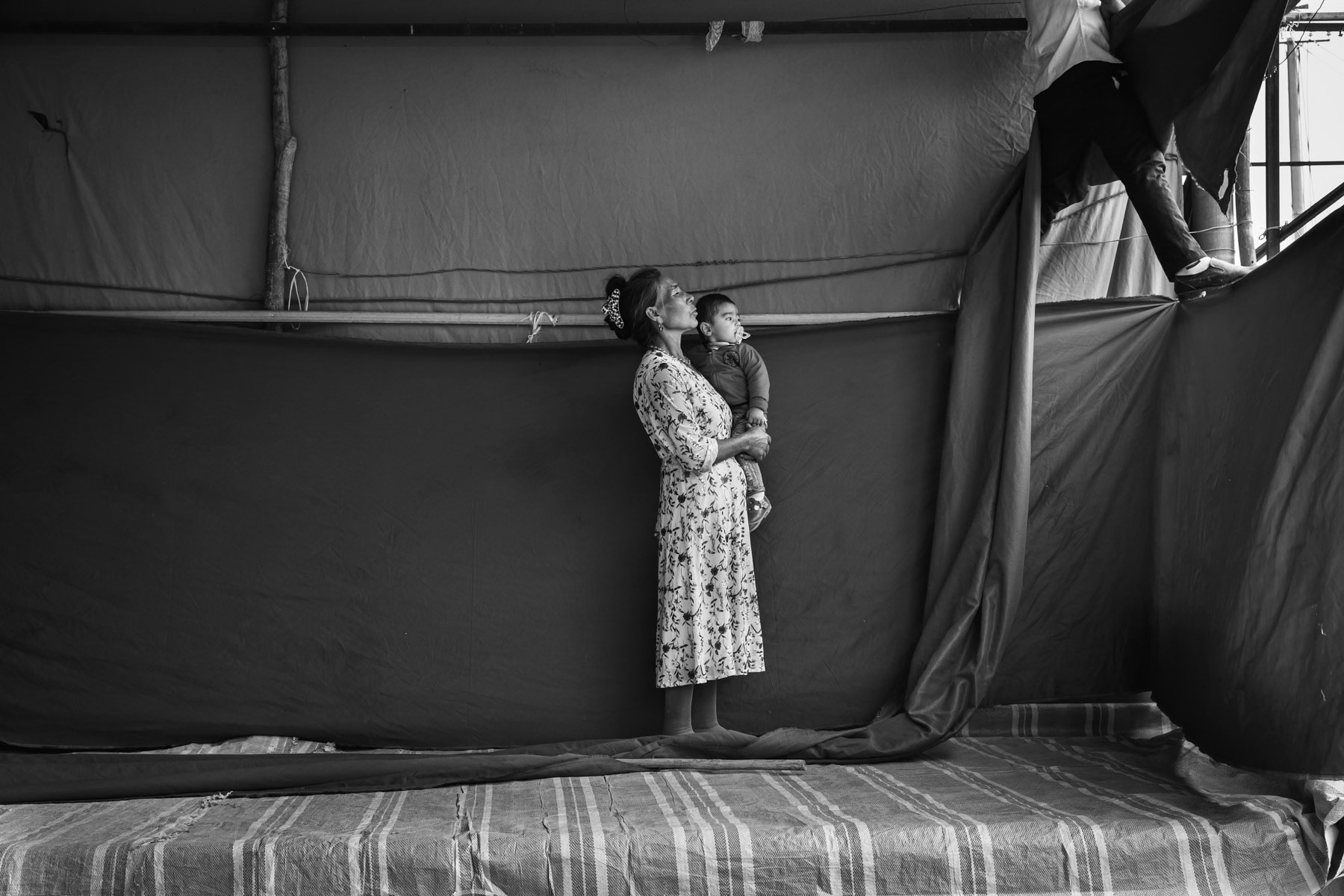
An Uyghur family setting up their shop for the weekly regional market in Wupaer village. Kashgar District, Xinjiang, Western China, September 2019

Livestock market in the Uyghur village of Wupaer, Kashgar District, Xinjiang, Western China, September 2019

New real estate development project replacing parts of the historical old city of Kashgar. Xinjiang, Western China, September 2019

The "new" old town of Kashgar. The old town was completely renovated and rebuilt, many neighbourhoods got razed and replaced by new housing projects keeping the look of the old town architecture. Kashgar has a large majority of Uyghur residents. Xinjiang, China, September 2019

Uyghur woman cleaning her carpets in front of her home in the "new" old town of Kashgar. The old town was completely renovated and rebuilt, many neighbourhoods got razed and replaced by new housing projects keeping the look of the old town architecture. Kashgar has a large majority of Uyghur residents. Xinjiang, China, September 2019

Remains of a house after the neighbourhood was forcibly evacuated in 2018 by the authorities. Kashgar, Xinjiang, China, September 2019

An Uyghur woman in the old part of Kashgar, Xinjiang, China, September 2019

Keeping and selling livestock is a very important part of the Uyghur subsitance economy. Weekly animal market in Kashgar, Xinjiang, China, September 2019

A part of the old town of Kashgar that was completely evacuated in 2018 due to security and sanitation concerns. Despite being of invaluable historical value and inhabited since the time of the silk road caravans, it will most likely be destroyed and be subject of new real estate development projects. Kashgar, Xinjiang, China, September 2019

Uyghur men before the Friday prayer in front of Id Kah Mosque in Kashgar, Xinjiang, China, September 2019
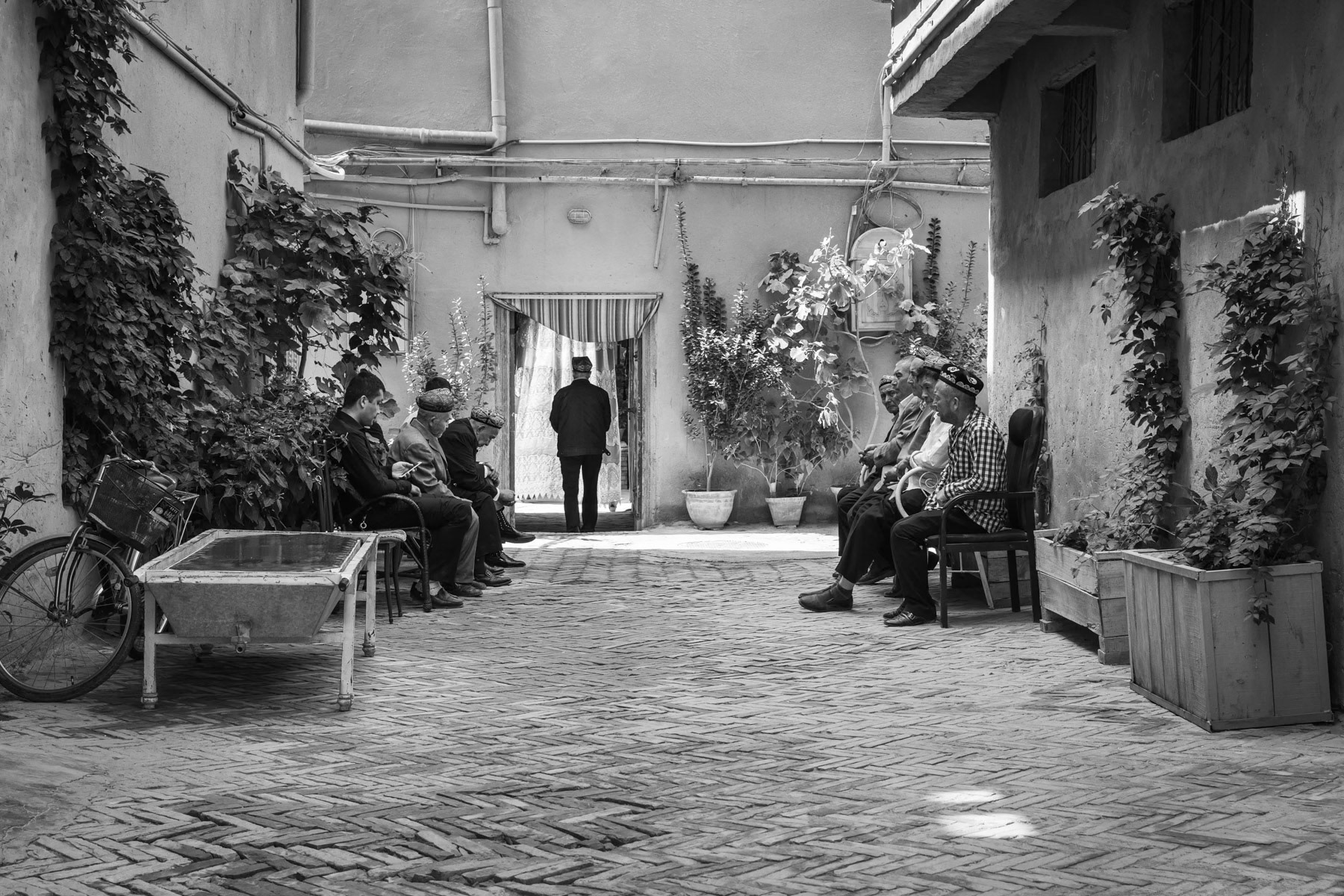
Uyghur men assembling in a shady back street of the silk road city of Kashgar, Xinjiang, China, September 2019

Weekly livestock market in Kashgar, Xinjiang, China, September 2019

A part of the old town of Kashgar that was completely evacuated in 2018 due to security and sanitation concerns. Despite being of invaluable historical value and inhabited since the time of the silk road caravans, it will most likely be destroyed and be subject of new real estate development projects. Kashgar, Xinjiang, China, September 2019

The "new" old town of Kashgar. The old town was completely renovated and rebuilt, many neighbourhoods got razed and replaced by new housing projects keeping the look of the old town architecture. Kashgar has a large majority of Uyghur residents. Xinjiang, China, September 2019
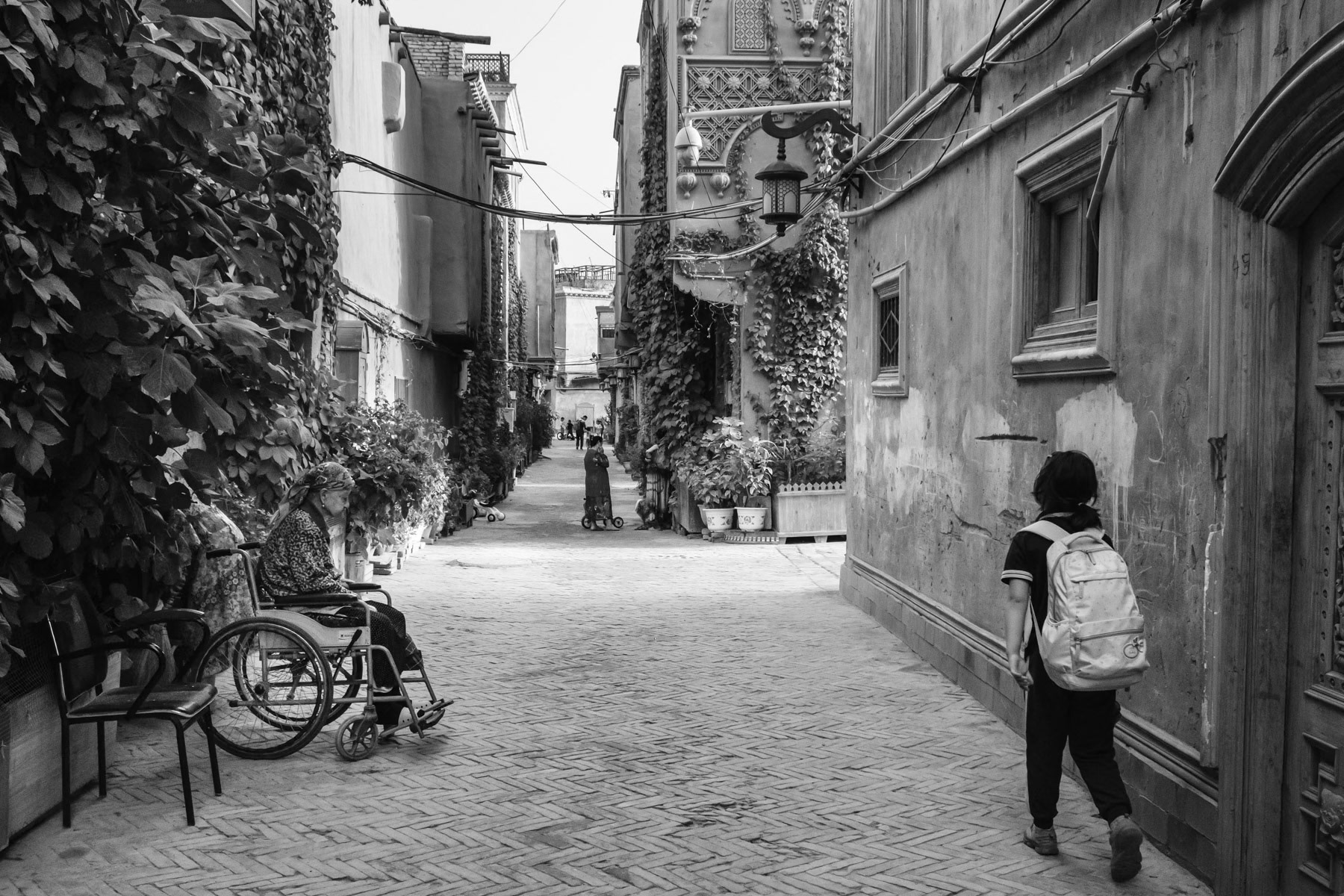
The "new" old town of Kashgar. The old town was completely renovated and rebuilt, many neighbourhoods got razed and replaced by new housing projects keeping the look of the old town architecture. Kashgar has a large majority of Uyghur residents. Xinjiang, China, September 2019

The "new" old town of Kashgar. The old town was completely renovated and rebuilt, many neighbourhoods got razed and replaced by new housing projects keeping the look of the old town architecture. Kashgar has a large majority of Uyghur residents. Xinjiang, China, September 2019

Keeping and selling livestock is a very important part of the Uyghur subsitance economy. Weekly animal market in Kashgar, Xinjiang, China, September 2019
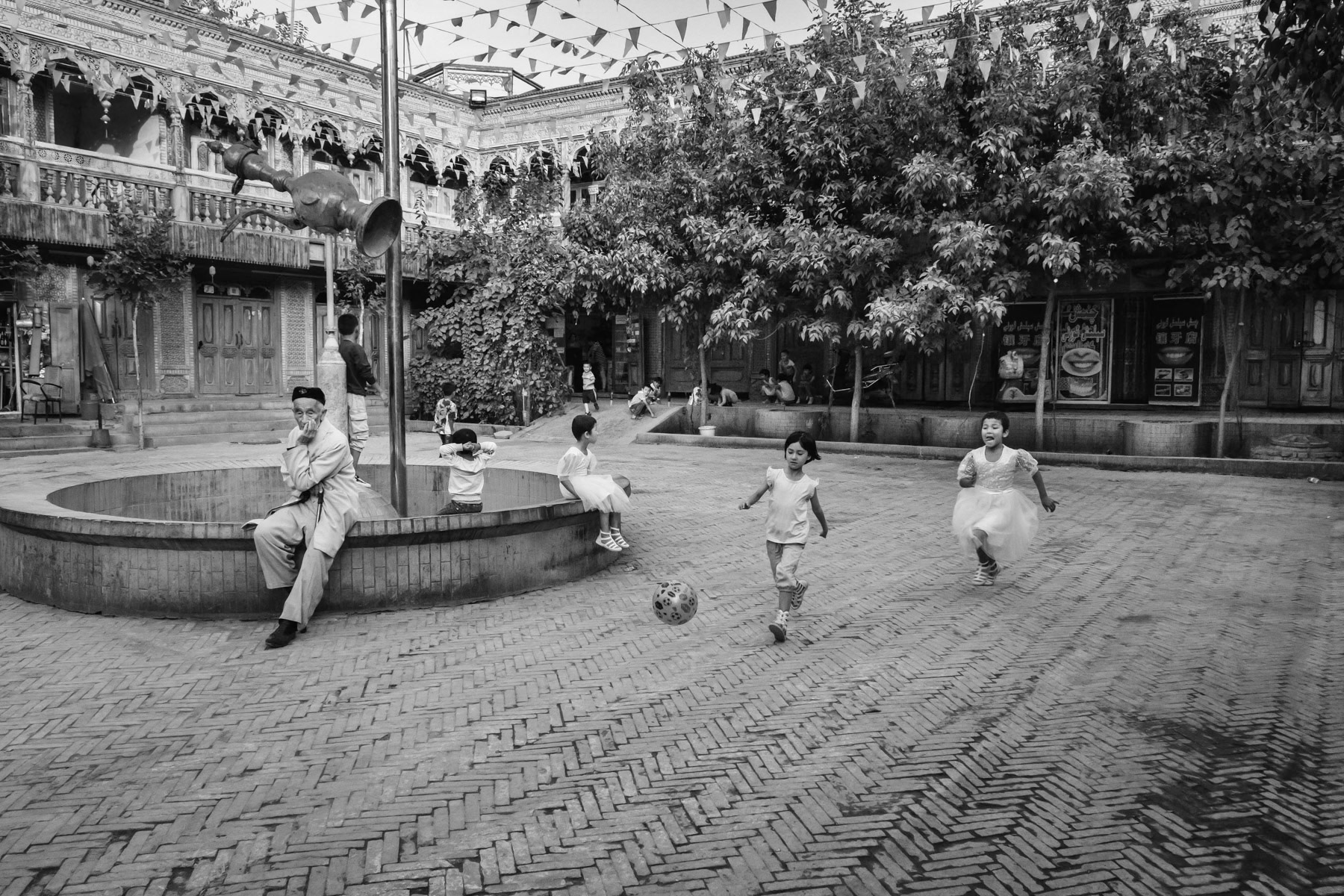
The "new" old town of Kashgar. The old town was completely renovated and rebuilt, many neighbourhoods got razed and replaced by new housing projects keeping the look of the old town architecture. Kashgar has a large majority of Uyghur residents. Xinjiang, China, September 2019

An Uyghur man sorting raisin. Tuyuk village, Turpan District, Xinjiang, China, August 2019

Graveyard in the Uyghur village of Tuyuk. Turpan District, Xinjiang, China, August 2019

The "new" old town of Kashgar. The old town was completely renovated and rebuilt, many neighbourhoods got razed and replaced by new housing projects keeping the look of the old town architecture. Kashgar has a large majority of Uyghur residents. Xinjiang, China, September 2019

New real estate development projects on the outskirts of Kashgar. Xinjiang in Western China, September 2019
